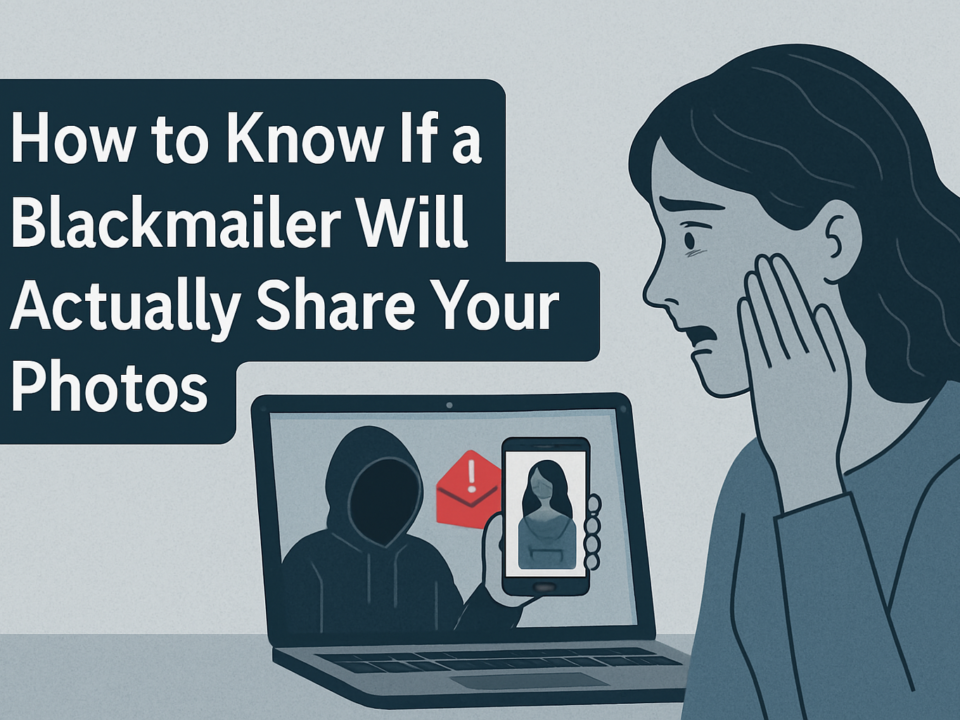
What to Do If You’ve Already Sent a Private Photo to a Scammer
June 6, 2025
Instagram Sextortion: How Scammers Trick You and What to Do If You’re Targeted
June 6, 2025It never starts with a threat.
It starts with a compliment. A flirt. A message that feels harmless — maybe even flattering.
You think you're in control. But that's exactly what sextortion scammers want you to believe.
This blog breaks down how these scammers manipulate people into sending intimate photos — and how you can outsmart them before it happens.
It’s Not About Weakness — It’s About Psychology
Victims don’t fall for scams because they’re naïve. They fall because the scam is engineered to work.
Scammers rely on:
Emotional triggers like validation and loneliness
Fake trust built through small talk and compliments
False urgency (“I’m leaving soon, just send one photo!”)
Shame — they know how to make you panic once they get what they want
How the Setup Happens — Step by Step
The Approach
You get a friend request or DM from a stranger who seems attractive.
They say they saw you in a group or mutual profile — it feels believable.
Building Rapport
Flirting begins fast.
They ask personal questions to get you comfortable.
They might even send a fake nude (which is often stolen or AI-generated).
The Hook
They ask you to send “just one pic.”
They frame it like a game, a dare, or something romantic.
Sometimes they pretend it’s mutual — but their side is fake.
The Flip
As soon as you send it, the tone changes.
They screenshot the photo, threaten to send it to your contacts, and demand money.
Tricks Scammers Use That Actually Work
Fake Profiles: Photos of models, stolen bios, or accounts with 3–5 real-looking posts.
Deepfakes & AI Nudes: They might send a fake video of “you” to make it more believable.
Emotional Scripts: “I’m shy too… let’s just do one. You first.”
Time Pressure: “I have to go soon, just send it quickly.”
These are deliberate psychological tactics, not random accidents.
How to Outsmart a Sextortionist
Never send anything you wouldn’t want leaked — even as a joke.
Question urgency. Why are they rushing you? Real people don’t pressure like that.
Use reverse image search on their profile picture (Google or TinEye).
Ask video questions. Most scammers won’t FaceTime or send a real voice note.
Trust your instincts. If something feels too fast or too perfect, it probably is.
What If You’ve Already Sent Something?
You’re not alone — and it doesn’t mean the worst will happen.
Here’s what to do:
Stop contact immediately. Don’t argue, don’t pay.
Take screenshots of everything — chats, usernames, threats.
Secure your accounts and change passwords.
Reach out for help. Professionals can help you block the threat and remove content.
Final Thoughts
Scammers don’t need force — they use psychology.
And the more you understand their playbook, the better you can defend yourself (and others).
Awareness is protection. So is refusing to let fear guide your response.
If you’re caught in a situation like this, don’t panic. You have more options than you think — and help is closer than it seems.




